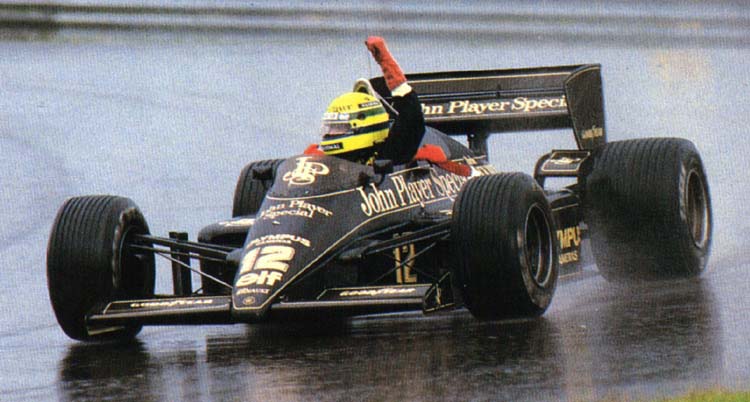amc wrote:
Reducing lift by 13% doesn’t seem to be enough for a true stall.
If I have seen further than others it is by standing on their shoulders... so apologies if it hurt too much.
I think we again get hung up too much on the term "stall", and what it means for different people. (stall, semi stall, true stall, deep stall etc. etc.)
Is it used to describe a condition of reduced lift/downforce (Cl), a regime past the max.Cl the wing or element of a wing can produce or do we use it to describe a condition of flow separation on the underside (in race car terms) or low pressure side of the wing or it's elements.
Reducing lift/downforce in whatever way will reduce the induced drag, that is and was my point and this will be beneficial for straight line speed/performance, how people chose to call this condition is up to them, and may varies from one user/forumer to the next .
As to how, to do it, and how to visualize this for oneself, well I think their are different ways to do so, and different people may prefer different terminology (a different picture before their minds eye).
One way would be to think in terms of "circulation" around the wing. (a concept used in 2D lift theory)
What if we create different amounts of "circulation" around the span ( less/slower circulation in the center part for example).
If you got the analogy of the rotating cylinder (and I'm sure you did), which I chose to illustrate a system, which independent of his form (no change in angle of attack etc.) is able to create different amounts of lift/downforce, then mind about a cylinder which would have different rotational speeds along it's span, and what this would mean for the overall lift & drag values produced by it.
The center section could either not rotate, rotate slower or rotate backwards compared to the outer sections, what would this do to lift and drag?
I don't know, what you wanted to say with your last sentence??
If it was aimed at me then be assured that you don't hurt my feelings whatsoever with your posts, and I'm quite open to any form of sensible technical debate, where people propose different concepts.
On a more general note:
I think we (some of us) may use the term "stalling the wing" a bit too liberal/literally.
As far as I'm concerned the aim even with the original F-duct was never to "stall the wing" (as in the complete system).
As far as I can tell, the aim was to "stall" the flap of the rear wing, and thereby it's contribution to the overall downforce and drag produced by the complete wing.
IMO, the F-duct was an attempt to replicate the effect of an closing slot gap (at speed), something which was used before, but got outlawed by the FIA.
To understand the effect of a stalled flap, one has to think about how the whole rear wing as a unit creates his lift/downforce, and what the contributions of the individual elements are, and how the interact which each other.
IMO, "stalling" the flap or parts of the flap (VD wing) does not necessary lead to flow separation on the trailing edge of the main element. (it may does, but it does not need to be that way). Thereby speaking of "stalling the wing" (as in the complete unit) is maybe a bit of a misnomer.
And even if the flow separates at the leading edge of the main plane (as in the example wing @ >48°), the wing still produces some downforce via it's top side (high pressure side).
How much
"downforce/lift" contributes the flap in itself to the overall system, and how much does he, with his own pressure distribution, manipulate the pressure distribution of the main plane.
Let's remember in this context that the terms
lift/downforce and drag are arbitrarily-defined components of the net aerodynamic force vector either perpendicular to the ground/freestream [lift/downforce] or horizontal to them [drag].




